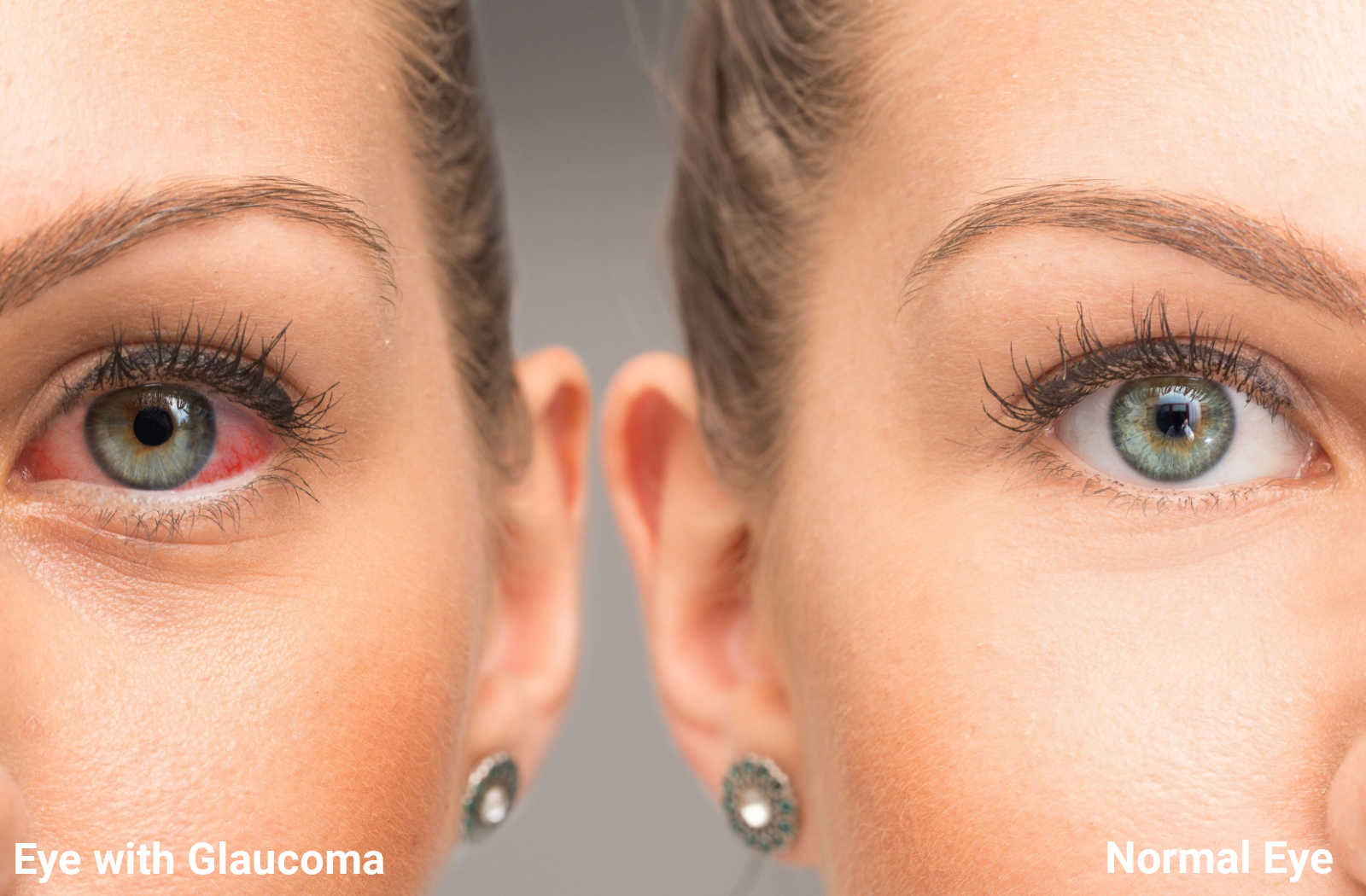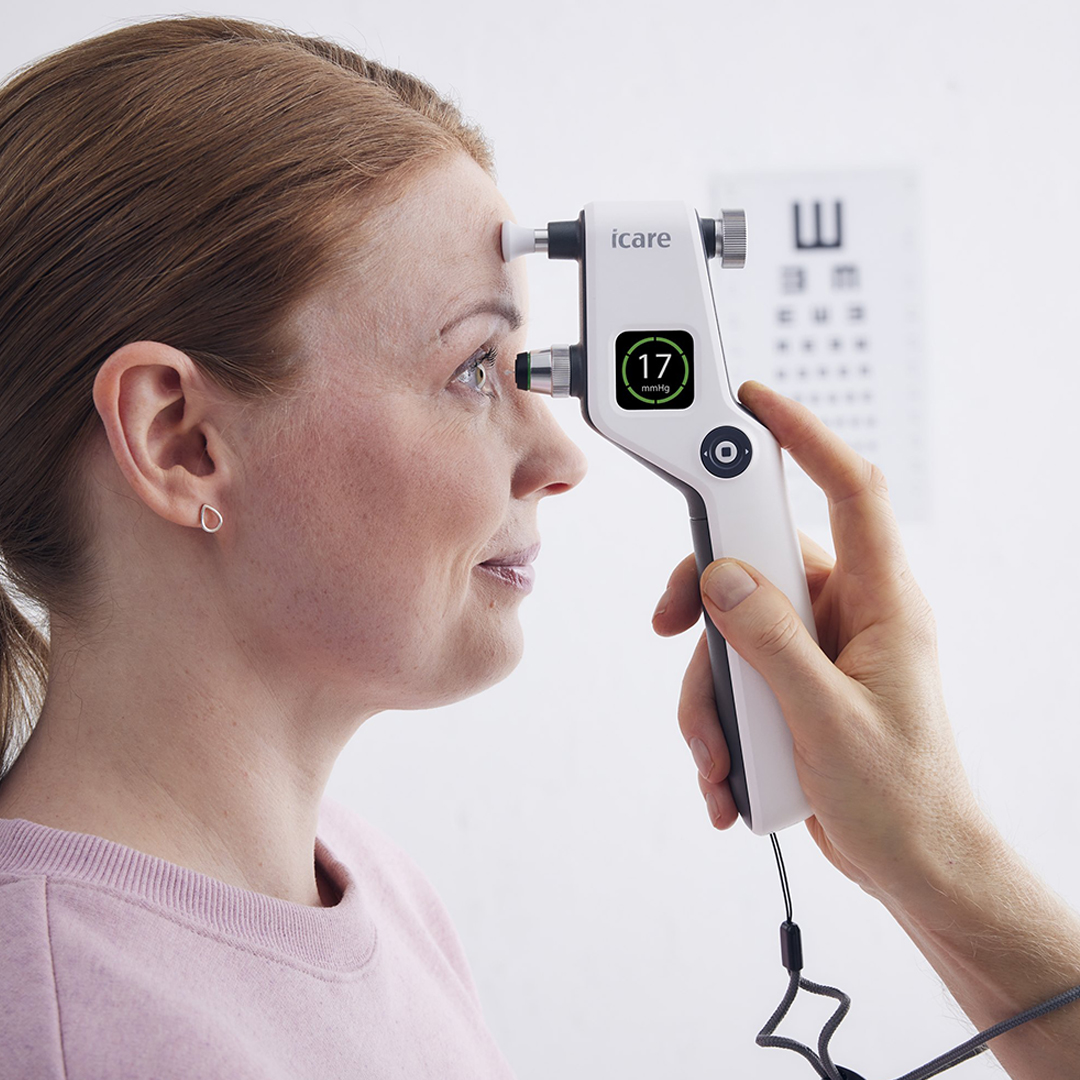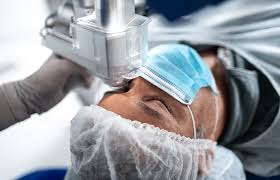The eye is the most important component in the human body that plays a key role in providing vision. But the eye can also be diagnosed with many issues few of them are curable and few are not. Among those eye problems glaucoma is one of the leading problems seen in most people. Glaucoma damages the optic nerve leading to increased pressure in the eye. Glaucoma is the root cause of blindness worldwide. To manage glaucoma it is essential to know the symptoms and management procedure to treat glaucoma.
Glaucoma can be defined as the build-up of fluids in the eye, that can lead to pressure and damage of the optic nerve.

Causes of glaucoma:
While glaucoma can be caused by a variety of factors few of them are:
Genetics & Pressure:
Family health history and genetics can also increase the risk of growing glaucoma. If any of your blood relations have glaucoma, the probability of growing glaucoma will increase. Also, the pressure in the optic nerve of the eye is the root cause of glaucoma.
Age & Health:
Other risk factors of glaucoma are an increased age and certain health problems such as diabetes, high blood pressure, and cardiovascular issues can also cause glaucoma in a few people.
Symptoms of Glaucoma:
Glaucoma in the starting stage does not show any symptoms. As the severity increased a few symptoms were seen such as:
Blurred Vision:
People with glaucoma may experience blurry vision mostly around the edges of the eyes.

Loss of Peripheral Vision:
Peripheral or side vision may diminish, leading to tunnel vision.
Eye Pain along with headaches and redness in the eyes are also symptoms of glaucoma.
Diagnosing Glaucoma:
The purpose of glaucoma test is to detect the disease before it progresses towards irreversible vision loss. When diagnosed at the early stages, glaucoma is manageable with intraocular pressure-lowering medications (eye drops), and in advanced cases, surgical treatments can be considered.
Soon after you observe any symptoms of glaucoma that are mentioned above do visit an ophthalmologist (eye doctor) who can help you with a few diagnostic procedures to understand whether you have glaucoma or not. The diagnostic procedures include:
Tonometry:
Tonometry measures the pressure levels in the eye( which is the main symptom of glaucoma).

Ophthalmoscopy:
The changes or abnormalities within the optic nerve are observed through this process.

Vision Testing:
To detect whether there is loss of vision in the eyes vision testing is done.
Gonioscopy:
The angle between the cornea and the iris is measured to determine the type of glaucoma.
Optical Coherence Tomography (OCT):
A clear picture of the optic nerve and the retinal nerve are provided by the process of OCT which can help doctors to determine the severity of glaucoma.
The treatment procedure for glaucoma:
While there's no exact cure for glaucoma, treatment helps to slow and protect the vision. The treatment process can vary from person to person based on the severity and medical condition. A few of the most common causes include:
Medication:
Glaucoma can be managed by using ear drops and medicines to lower intraocular pressure by increasing or decreasing fluid levels in the eye.
Laser Therapy:
Laser procedures, such as selective laser trabeculoplasty (SLT) or laser peripheral iridotomy (LPI), can increase the level of fluid from the eye, by reducing intraocular pressure and can reduce glaucoma gradually.

Surgery:
In cases where medicine and laser remedies are not effective, surgery may be necessary to reduce pressure. These surgeries can best help in reducing the fluid build-up and also correct the visionary issues within the eye.
Maintaining a healthy lifestyle and regular check-ups of lifestyle diseases such as diabetes and blood pressure can also help with the process of curing glaucoma. It can lead to severe vision problems if left untreated. A proper understanding of causes, symptoms, and management can best help people in managing the condition.
